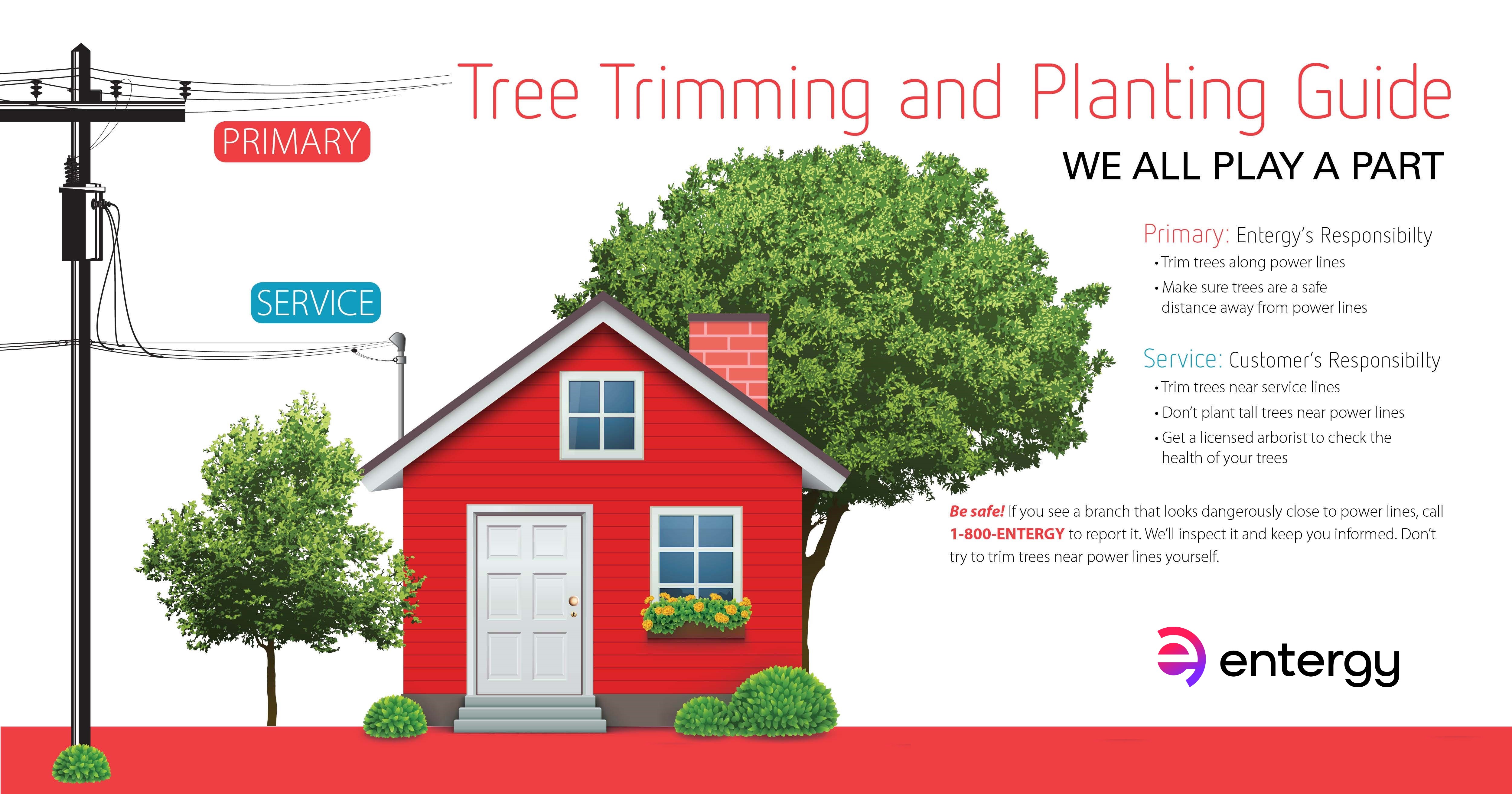Tree Removal Aftercare: Best Practices For Landscape Recuperation
Tree Removal Aftercare: Best Practices For Landscape Recuperation
Blog Article
Post By-McMillan Cho
After a tree's elimination, your landscape might look quite various, and it's vital to analyze the aftermath carefully. You'll wish to evaluate the soil disturbance and inspect surrounding plants for any kind of indicators of stress and anxiety. Disregarding these elements can lead to larger problems down the line. So, what should you perform with those stumps and origins? And how do you pick the best plants for your rejuvenated space? Allow's check out these crucial actions.
Examining the Results: Examining Your Landscape
After a tree removal, it's essential to evaluate your landscape to recognize the influence it carries your lawn.
Start by checking out the location where the tree stood. Try to find signs of soil disturbance, and check the surrounding plants for any kind of tension or damage.
You must also take note of how the removal has altered sunshine exposure and air movement in your yard. This change can influence the growth of neighboring plants, so it's vital to review their health and wellness.
Take into consideration the visual elements as well; the elimination may develop an open space that you can revamp.
Finally, think about any potential disintegration concerns that could occur from the tree's lack. Resolving these elements early will help restore equilibrium to your landscape.
Managing Stumps and Roots: Alternatives for Elimination
As soon as you have actually analyzed the aftermath of the tree removal, you'll likely require to deal with the stump and origins left.
You have a couple of alternatives for elimination. One reliable method is stump grinding, where a specialist makes use of a machine to grind the stump to underground degree. This strategy leaves very little disruption to your landscape.
If you like a DIY technique, you can use a mix of digging and chemical stump eliminators. Just keep in Tree Trimming Near Me , this process can take time and effort.
Conversely, consider leaving the stump as an all-natural attribute, which can work as an unique garden component or habitat for wildlife.
Whatever you select, addressing the stump and roots is essential for recovering your landscape.
Selecting the Right Plants for Your New Room
As you analyze your newly gotten rid of area, choosing the right plants can dramatically boost your landscape's elegance and performance.
Start by taking into consideration the sunlight and dirt conditions. For simply click the up coming site , select drought-resistant plants like lavender or succulents. In shaded places, brushes and hostas flourish well.
Consider the dimension and development practices of your plants; mix perennials and annuals for seasonal range. Don't forget to integrate native varieties; they call for less maintenance and assistance local wild animals.
Team plants in odd numbers for a more natural look and create layers for visual depth.
Ultimately, guarantee you have a mix of shades and appearances to keep your landscape vibrant throughout the seasons.
Delighted growing!
Conclusion
Finally, restoring your landscape after tree removal is a rewarding process. By assessing the aftermath, addressing stumps and roots, and selecting the right plants, you'll create a flourishing setting. Don't neglect to integrate erosion control steps to shield your dirt. With a little initiative and treatment, you can change your area into a lively garden that improves your property. Embrace the opportunity to invigorate your landscape and delight in the charm of nature right in your yard!
